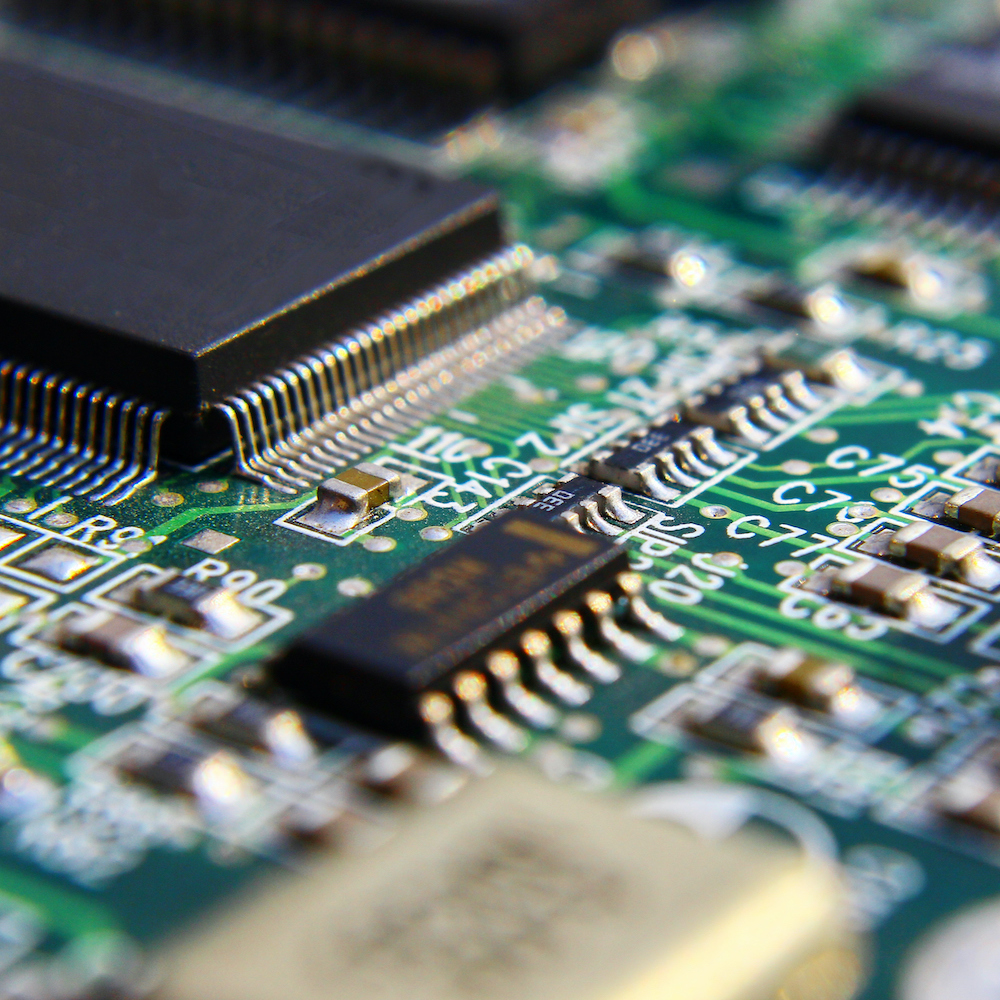“The search for happiness is one of the chief sources of unhappiness.” — Eric Hoffer
It’s not often that you get to solve two problems at once. Or that one product serves two markets simultaneously. But that’s the clever business strategy behind a new search engine that helps PCB designers find component footprints while also giving component makers new insight into design wins.
Meet SnapEDA, a free database of components – lots of components. It’s a search engine for datasheets, PCB footprints, and CAD symbols, like Google for electronic components. The concept is straightforward, but the business model is a bit unusual.
It’s easy and glib to say something is “the Google of X,” but that overused comparison is more apt than it sounds. You go to SnapEDA’s website, type in a part number – or even a vague description, like “16-bit MCU” – and it returns a long list of relevant results. Each line has clickable links to the part’s PCB footprint, 3D model, datasheet, and a distributor’s order page. Sometimes there’s even a free sample. Except for the color scheme, you’d think you were looking at Google results.
Like Google, it’s good at finding what you want. And, like Google, it’s also good at suggesting close matches when you’re a little imprecise with your search terms. Like Google, it makes money by displaying sponsored results above the nonpaying organic results. And, like Google, it feeds statistical data about those searches back to the component vendors.
To an engineer, it’s a free database of schematic symbols, PCB footprints, and (sometimes) simulation models. For vendors, it’s a market-research tool. So, just like Google, SnapEDA serves two communities at once: the public-facing website users and the paying vendors behind the scenes. Your search results become the currency that pays for the service.
Finding component symbols and footprints has always been a bit of a treasure hunt. Either the part you want isn’t in your EDA tool’s library, or the vendor has the symbol but it’s in the wrong format for your EDA tools, or there’s nothing available at all. You wind up converting symbols from one format to another or creating the whole thing from scratch. Not the best part of schematic capture or PCB design.
Other companies, such as Ultra Librarian, have similar online parts databases. Some are even free or partially free to use. SnapEDA and Ultra Librarian both rely on component vendors and distributors for revenue, and both support about a dozen different EDA tool formats. But SnapEDA leverages its search results to provide interesting marketing data to vendors.
Company founder and CEO Natasha Baker says only about one-quarter of users’ searches on SnapEDA are for a specific component. The rest of the time – the other 75% – engineers are using it to discover new parts. That’s useful information to vendors, who might learn that “flow sensor” was the most popular search term that surfaced their part, or that their connector ranked all the way down in 34th when searching for “USB-C.”
Since users can download component models in any of several different EDA formats, it’s also interesting to see which format(s) are most requested. According to its data, Altium is the most popular PCB design tool, followed by Autodesk Eagle and Cadence OrCAD and Allegro.
The most telling statistic is that about 80% of users who download the PCB footprint for a component go on to eventually buy that part in volume. That’s a valuable leading indicator for vendors, who potentially get a heads-up that someone, somewhere is designing-in their component. (Apart from the usual IP-address and ISP-related trivia, the company doesn’t track individual users.)
Getting all those parts into its database can be a trick. Unlike Ultra Librarian, SnapEDA doesn’t rely on component vendors to manage their own parts; they have staff to do that. Until recently, they entered symbol data manually based on public information. Lately, however, the company has been moving to an OCR-type tool that scans datasheets (either paper or online) and extracts the relevant data. A bit of hand touchup at the end, and you’re ready to go.
SnapEDA is happy enough with this tool that they’ve productized it as InstaBuild and allowed users to generate their own models. Point it at a screenshot of a component’s datasheet and it figures out the pin mapping, generating schematic symbols with inputs on the left, outputs on the right, and power/ground at the corners.
There’s a saying in online economics that if you’re not paying for the product, then you are the product. That’s certainly true of social-media apps and most search engines, which sell access to their users’ personal data to better target advertising dollars. SnapEDA is no exception, although the phrase seems a lot less sinister in this case. The company doesn’t sell ad space, and the data it collects from its million-plus users is anonymized and impersonal. Granted, paying vendors get preferential treatment in search results, but we’re all used to that now, and the practice is transparent.
On the other side of the coin, SnapEDA provides component vendors with some interesting insight into how engineers search for components. Is there a surge in requests for battery-management chips? Are certain MCUs trending? How did users find this particular 80-pin connector? Like Google Analytics, it’s enough data to keep a marketing team busy for weeks.
For the rest of us, SnapEDA is just a convenient way to avoid the tedium of creating our own component symbols and models. If someone wants to automate that work and provide it for free, I’m all in.






One thought on “A Google for Components”